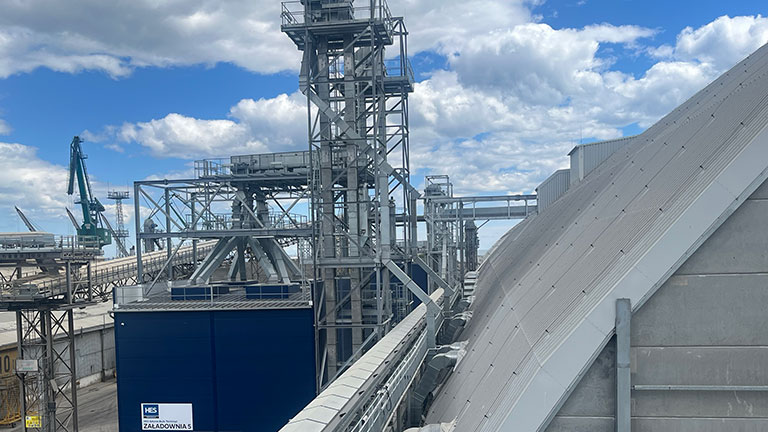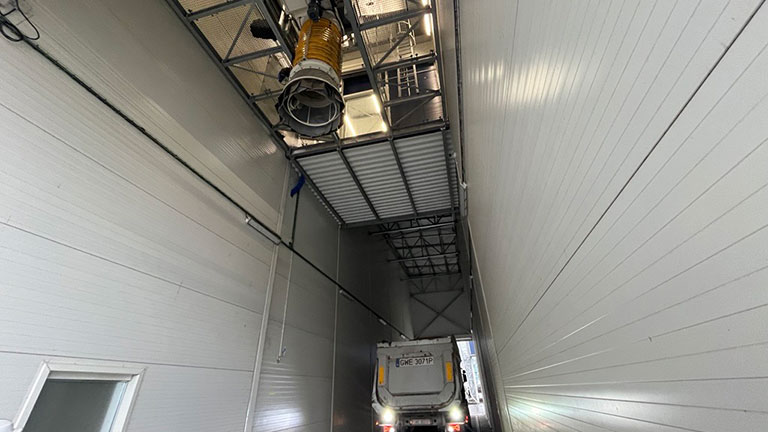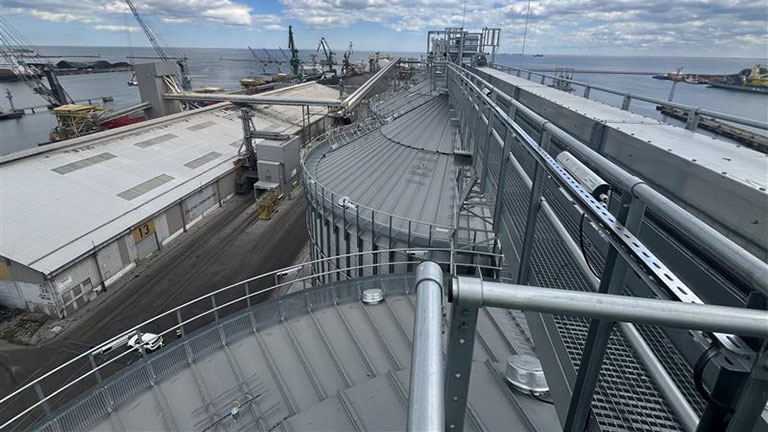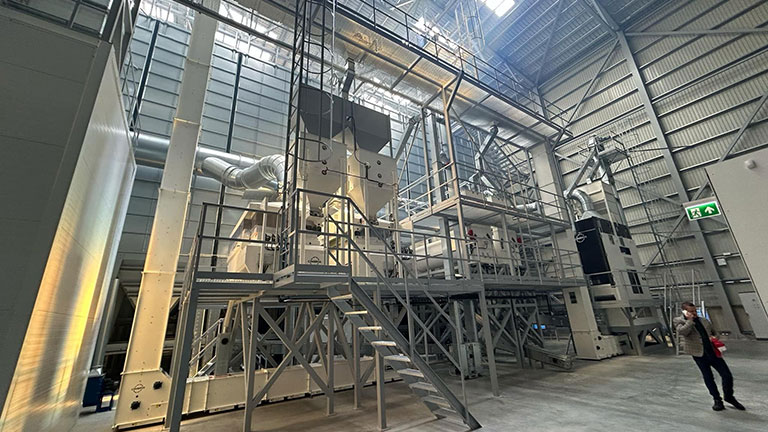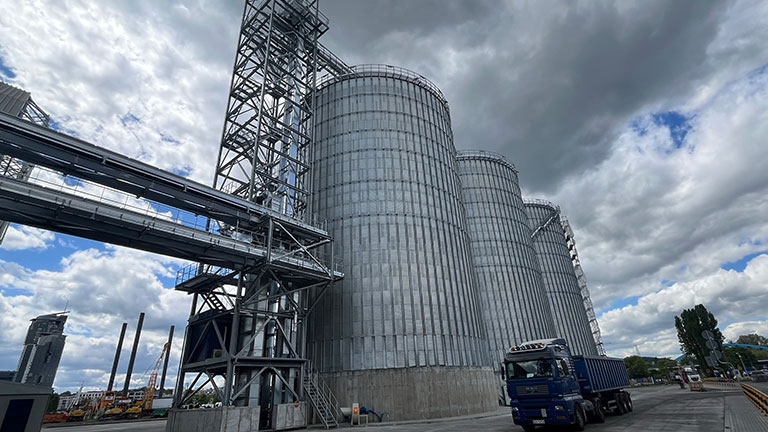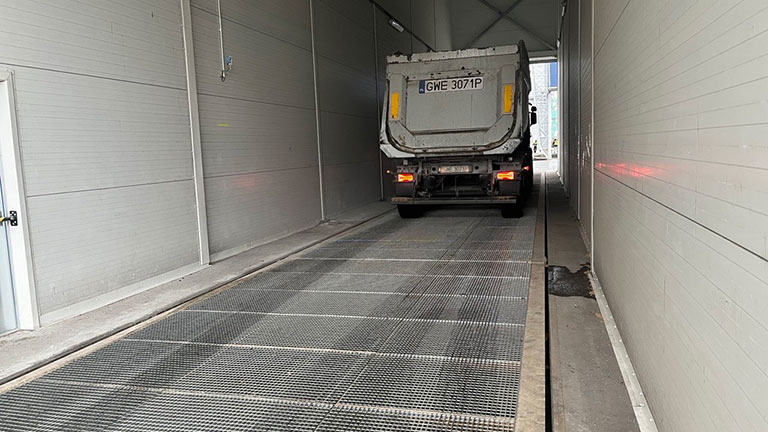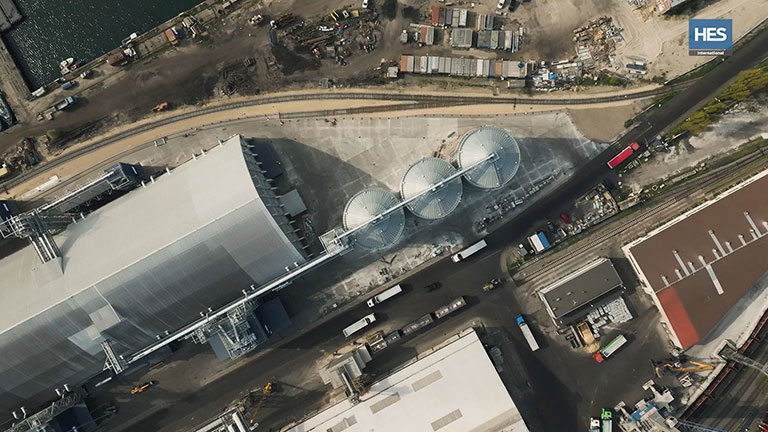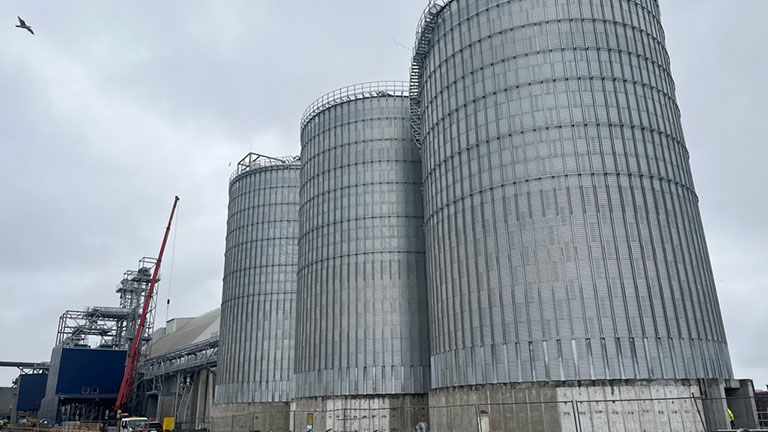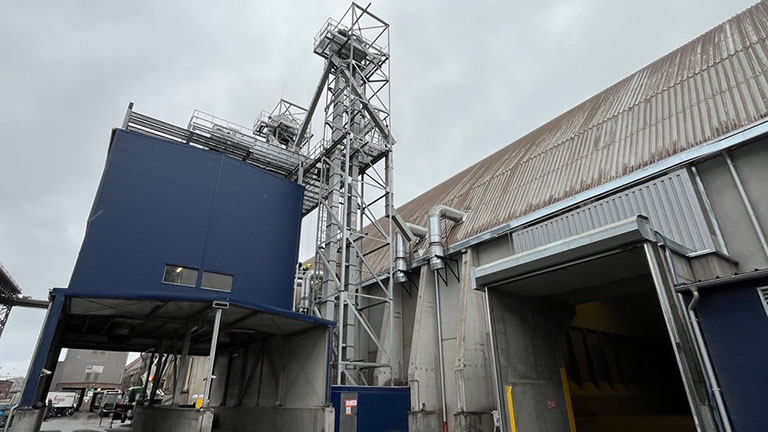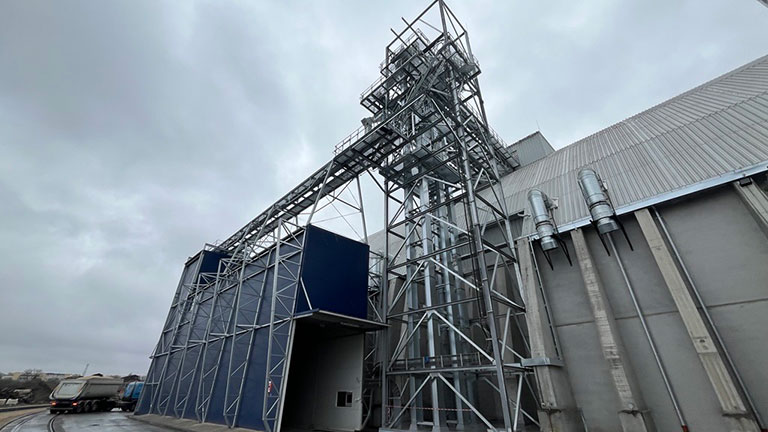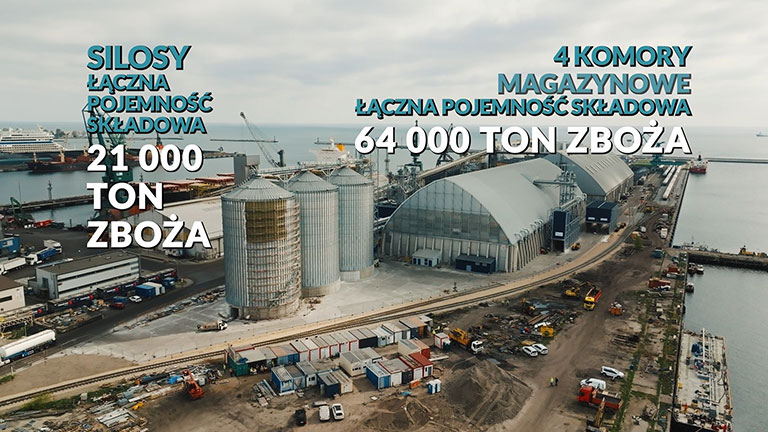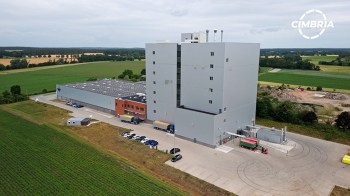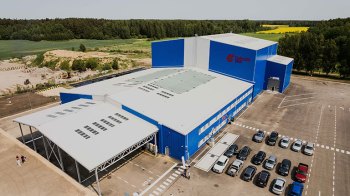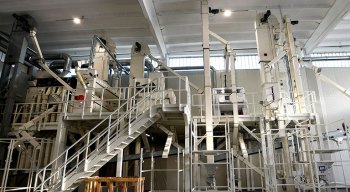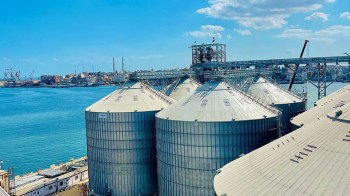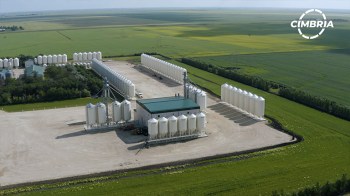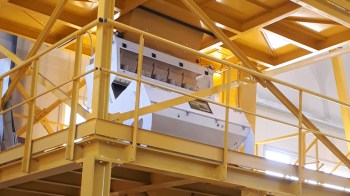Project Overview: Bolstering Poland’s Grain Export Capacity
The HES Gdynia Bulk Terminal in the Port of Gdynia has recently completed a substantial investment aimed at significantly enhancing Poland’s grain export capabilities. This strategic project introduces a new, state-of-the-art grain warehouse and an array of modern silos, marking a pivotal moment for the Polish agricultural export sector and the Port of Gdynia itself.
The initiative directly addresses the systematic growth in the export of key grains, such as wheat and corn, from Poland. By expanding its infrastructure, HES Gdynia Bulk Terminal provides clients and the broader grain sector with increased opportunities for efficient transshipment and storage, reinforcing Poland’s position in global agricultural trade.
The Construction Journey: From Groundwork to Grand Opening
The construction of this expansive grain storage facility was a meticulously planned and executed endeavour, spanning approximately one year from its initial ground-breaking.
Phase 1: Foundation and Structural Groundwork (June – November 2023) The project commenced with extensive site clearing and ground preparation. This foundational phase involved the precise construction of numerous concrete pillars and the development of robust concrete walls, forming the primary structure of the warehouse. Heavy machinery, including excavators and cranes, were integral to these early stages, laying the durable base required for the large-scale facility.
Phase 2: Framework Assembly and Enclosure (December 2023 – April 2024) Following the groundwork, the focus shifted to the assembly of the warehouse’s metal framework. Workers meticulously connected large metal trusses on elevated platforms, leading to the rapid completion of the main skeletal structure. Subsequently, the distinctive arched roof panels were installed, giving the warehouse its iconic shape and providing crucial protection for the stored grains.
Phase 3: Silo Construction and Finalization (May – June 2024) Immediately after the warehouse’s main structure, the construction of the large grain silos commenced. This involved laying circular concrete foundations, followed by the swift assembly of the tall, cylindrical metal silo structures. The final touches included internal outfitting, preparing the facility for operational readiness.
Enhanced Capacity and Future-Ready Infrastructure
The completed infrastructure boasts an impressive, combined storage capacity of approximately 85,000 tons. This includes:
- 21,000 tons for the newly erected silos.
- 64,000 tons distributed across four chambers within the new warehouse.
This substantial increase in storage space is critical for meeting the fluctuating demands of the grain market and providing flexible solutions for clients. The facility is equipped to handle significant volumes of incoming and outgoing cargo, ensuring smooth and efficient operations within the busy port environment. The intake capacity is 1.000 tons per hour.
Impact and Strategic Significance
The investment by HES Gdynia Bulk Terminal holds profound significance beyond just increased storage:
- Port Development: It is a vital component of the ongoing development of the Port of Gdynia, reinforcing its status as a leading maritime hub in the Baltic Sea region.
- Economic Growth: The project contributes significantly to the local and regional economy by strengthening accompanying infrastructure, creating new employment opportunities, and generating substantial income for the city of Gdynia.
- Operational Efficiency: The modern design and robust construction ensure enhanced operational efficiency, allowing for faster and more reliable transshipment and storage of grains.
- Future-Proofing: This investment is a forward-looking commitment, designed to support future trade flows and facilitate sustained growth in Poland’s agricultural export sector for years to come.
- Integrated Handling System: Each of the four flat storage compartments and individual silos is seamlessly connected to three discharging points for railcars and trucks via bottom-dump pits, as well as to four dedicated truck loading points throughout the warehouse.
Each storage unit is fully integrated into a central system, enabling flexible intake and dispatch operations via a conveyor network that ensures smooth, automated, and synchronised grain handling across the new facility.
This advanced setup significantly improves process optimisation, reduces turnaround times, and enhances overall operational capacity.

